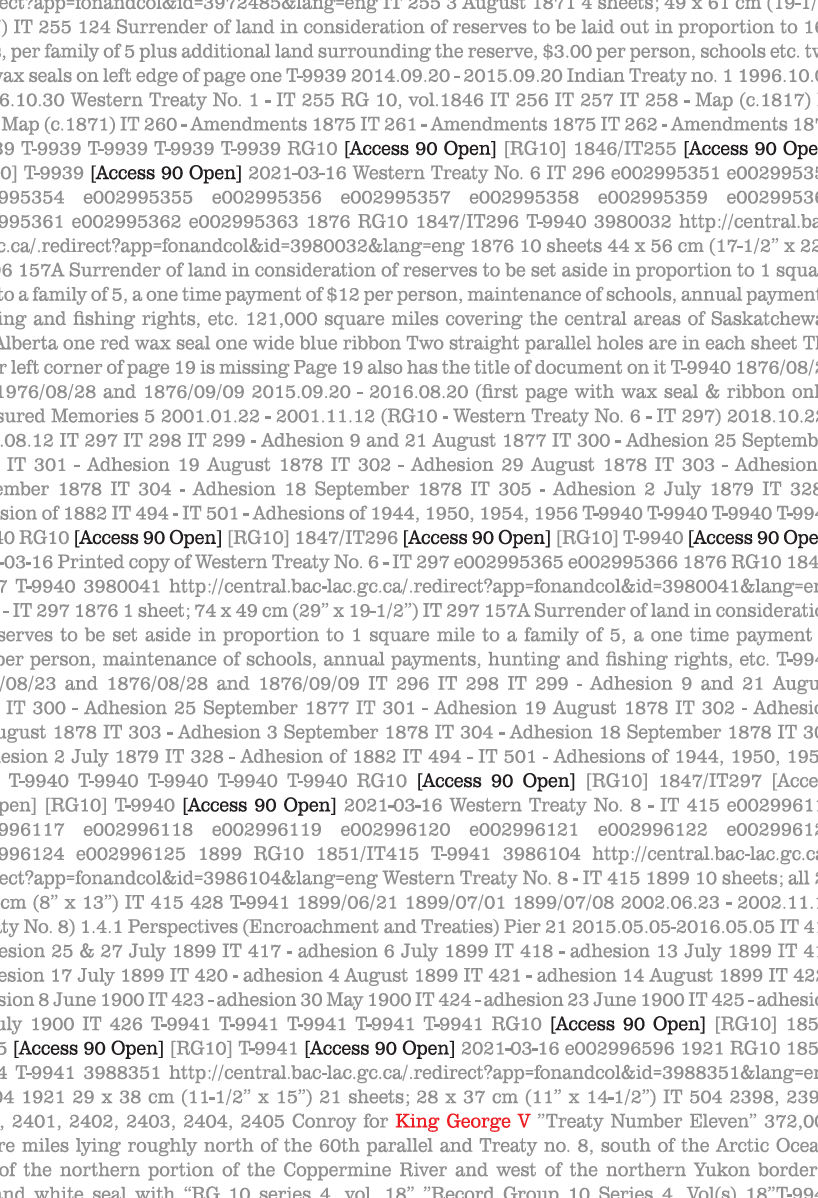Visual Poetry in Whitemud Walking
By Matthew James Weigel
I’m so happy to announce that today is the release day of my debut collection of poetry: Whitemud Walking. Coach House Books was very generous during the publishing process, allowing me to have a hand in nearly every part of production. From the colour of the cover to the uncoated stock, we put a lot of thought into how the book would feel as an object in your hands. The silver foil was a tremendous addition that I’m extremely grateful for, with the North Saskatchewan River at Edmonton shining as it wraps around the whole book. We even deliberated over the book’s trim size, deciding on a slightly non-standard dimension that allowed the area of the page to fit the visual pieces as best as possible.
I would really like to share with you all one of those visual pieces, because I think talking about the process behind its creation will fit nicely in with the next couple of blogposts to follow shortly.
This piece is called: The Numbered Treaties of the North-West. It’s shown here in colour, whereas it appears in greyscale in Whitemud Walking on page 13.
I’ll talk a bit more about treaty in a following post, but for now let me describe some of my thought process behind the creation of this page. The text of this piece are the Library and Archives Canada catalogue descriptions for Treaty No. 1, Treaty No. 6, a printed copy of Treaty No. 6, Treaty No. 8, and the Treaty No. 11 book. [Access 90 Open] is bolded 11 times, once for each treaty. King George V is made red to signify the special position the name of the monarch holds within these texts, where both their name and title are usually printed in red ink. The text bleeds to the edge of the page and it is printed like this in the book, where you can never really be sure of the beginning or ending of a thing so vast as treaty.
Your CanLit News
Subscribe to Open Book’s newsletter to get local book events, literary content, writing tips, and more in your inbox
As a visual poet I’m always trying to find new ways of putting words on a page. And as a writer whose work is so solidly founded in research, I’m always considering the way the materials of my research look. Library and Archives Canada has some fascinating cataloguing methods, and it really can appear to be an arcane art with numbers and letters that are seemingly meaningless. These descriptions can blur together past the point where you’re even reading what you’re seeing. This can really form the bread and butter of concrete poetry, where the act of reading takes a backseat to the act of seeing. This act of seeing is a lot more akin to visual arts, where you can spend as much or as little time as you like investigating and feeling your way through a piece.
There are eleven numbered treaties, signed between 1871 and 1921. Although these agreements share a lot of similarities, they are all quite different. To put it simply, every treaty made is different because it’s made between different people, under different circumstances, in different places. Not only is Indigeneity not a monolith, but Canada is not a monolith either. That being said, one thing the numbered treaties have in common is that the Crown intended for them to be a complete extinguishment of underlying Indigenous title to the land. As far as Canada was concerned, by signing these treaties, the Crown would have access to the entire territory, some four million square kilometers of land. The truth of this is much more complicated, but it is important to understand that one of the most dangerous moves the Canadian government has made is referring to the numbered treaties as historical. They are not, they are a living and ongoing agreement that entails obligation and reciprocity among and between the relations in this place.
The views expressed in the Writer-in-Residence blogs are those held by the authors and do not necessarily reflect the views of Open Book.
Matthew James Weigel is a Dene and Métis poet and artist. He is the designer for Moon Jelly House press and his words and art have been published in Arc, The Polyglot, and The Mamawi Project. Matthew is a National Magazine Award finalist, a Cécile E. Mactaggart Award winner, and winner of the 2020 Vallum Chapbook Award. His chapbook It Was Treaty / It Was Me is available now. Whitemud Walking is his debut collection.



